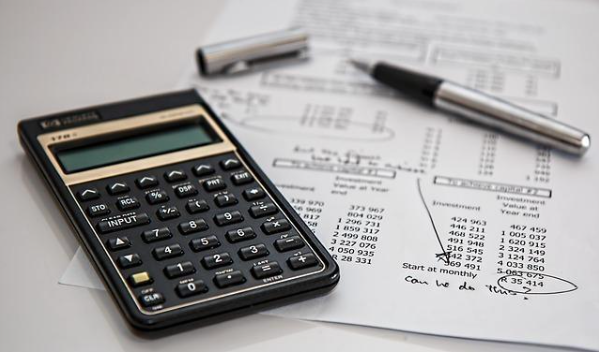
Tax period is a stressful time for individuals and business owners, and the most effective way to go through it without a hitch is by planning.
A tidy tax return folder is an extremely useful sheet of paper that makes all things easier, so all such papers are organized in one place when needed.
Whether you are preparing your own taxes or providing records to an accountant, having it all in its own file ensures it’s accessible and prevents you from losing crucial information.
More than an annoyance, a well-organized tax file is also a compliance issue, leading to more accurate reporting and easier communication with tax professionals.
As tax regulations and financial records become more complex, you must know what to put in your tax return folder so that you can file easily and correctly.
Some of the following documents should be included in the tax return file:
1. Documentation of Income
Documentation of income is an absolute necessity for any tax filing. As a taxpayer, your tax return folder should have all sources of earned and unearned income, such as W-2s for income received through employment, 1099s for income from independent contractors, dividends, reports of interest, rental income reports, and self-employment income reports.
For a business, it can also include other sales accounts, clients’ billing accounts, and accounts of other sources of revenue.
Maintaining such minute records of revenues not only ensures accuracy in reporting but also facilitates deductions.
In addition, having these records with you in your tax return file saves errors and reconciling for you and your accountant.
2. Personal Identification and Filing Information
Personal information and most important filing information should be part of a tax return folder. This would include photocopies of government identification for dependents and yourself, like driver’s licenses or social security cards.
It would also include your tax identification numbers, last year’s tax return, and government tax notices.
Such preliminary data enables your tax accountant or tax software to function with accurate personal and dependent data, an important step in figuring out exemptions, credits, and filing status.
Having those forms available in a handy part of your tax return file is a great start to the rest of the process of preparing taxes.
3. Deduction and Expense Records
One must use deductions and expenses to reduce taxable income to the absolute minimum, and having the entire record readily available at hand in your file of tax returns is essential.
Medical cost reimbursement tickets, tuition payments made, charitable donations, and company expenses all must be planned and maintained.
House office expenditures, automobile diary logs, and company utility bills may be added when applicable.
Well-documented deductions leave no doubt audit trail in case the tax auditors ever challenge them and streamline the experience of benefiting from the most available tax benefits.
Having numbers divided under a given section of your folder helps you refer to numbers at a glance and never miss any while filing taxes.
4. Investment and Asset Information
The second crucial part of your tax return binder is investment and asset information. This will be records of stocks, bonds, mutual funds, retirement accounts, and sales of property.
You should have sale and purchase prices, dividends received, and capital losses and gains. For homeownership, maintain records including mortgage statements, property tax notices, and home improvement records that impact deductions.
This information not only aids correct reporting but also assists in tax planning, strategy, compliance, and attaining maximum financial returns.
Having these documents in your tax return folder keeps all relevant asset information together and within easy reach.
5. Loan and Debt Documents
Loans and debt can be hurting your tax status; therefore, maintaining correct records in your tax return folder is essential.
Enter student loan interest, home mortgage interest, personal loan interest, and any other debt eligible for interest deductibility.
Also, add interest on business loans and charge card debt, if any. This category allows you to claim potential deductions and document any claims in the event of an audit.
A properly organized file folder allows you to sort deductible and non-deductible debt separately so that tax season is not such a madhouse and easier to prepare for when filing.
6. Payment and Refund Receipts
Previous year tax payments, estimated tax payments, and refunds are also part of a finished tax return file folder.
Keep receipts, canceled checks, or electronic payment confirmation for federal, state, and local taxes.
Prior refunders, keep the same as instructed in the present filing. Payment history of taxes ensures that your present tax return is accurate, prevents over-payment or under-payment, and serves as proof in the event of a dispute with the tax department. This section documents history that will inform future planning and strategy.
Wrapping Up
Having a complete tax return file is something that every taxpayer who wishes to simplify the tax procedure, eliminate mistakes, and be systematic requires.
With identification, income, deductions, investments, loan history, payment history, and other miscellaneous supporting documents in hand, business owners and individuals can face tax season with confidence.
An orderly folder not only facilitates easy communication with preparers and accountants but also serves as a useful reference for future tax filings.
With rising financial complexity, an organized tax return file is more than just organizational assistance—it is a stress-free, strategic tool for tax management that ensures maximum accuracy.
Through systematically recording each bit of data, accuracy is ensured, disputes are avoided, and taxpayers can make wise financial choices.







